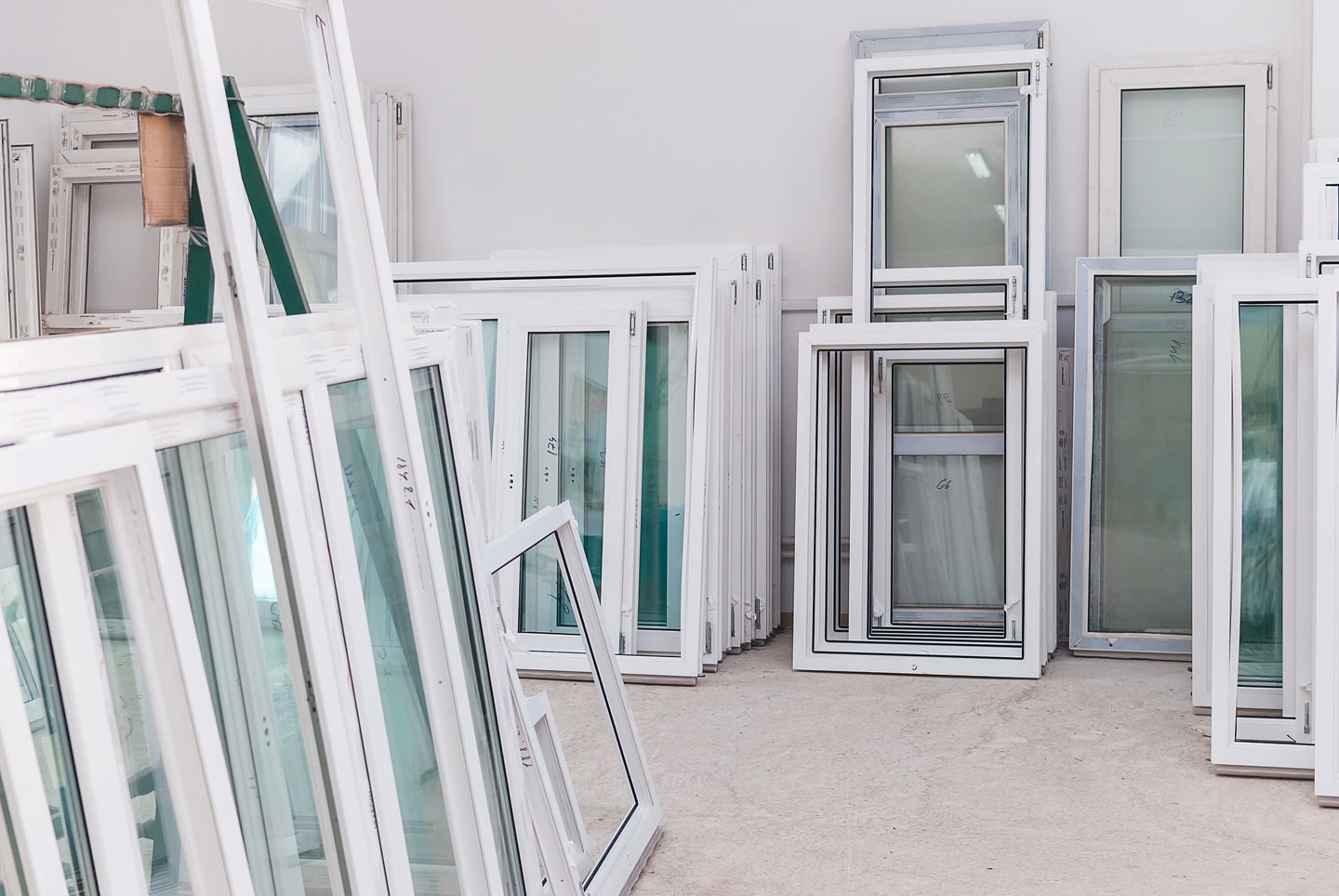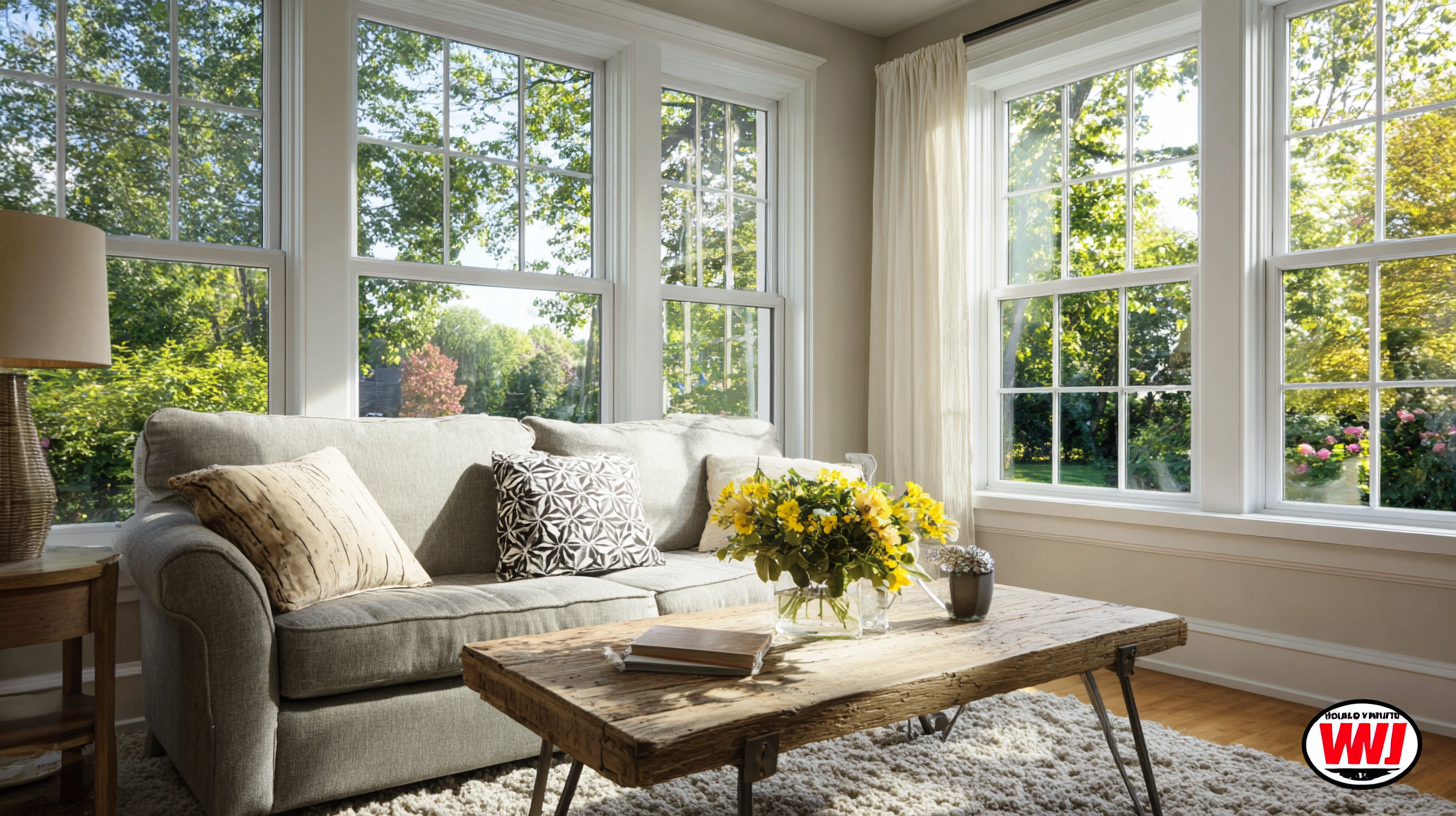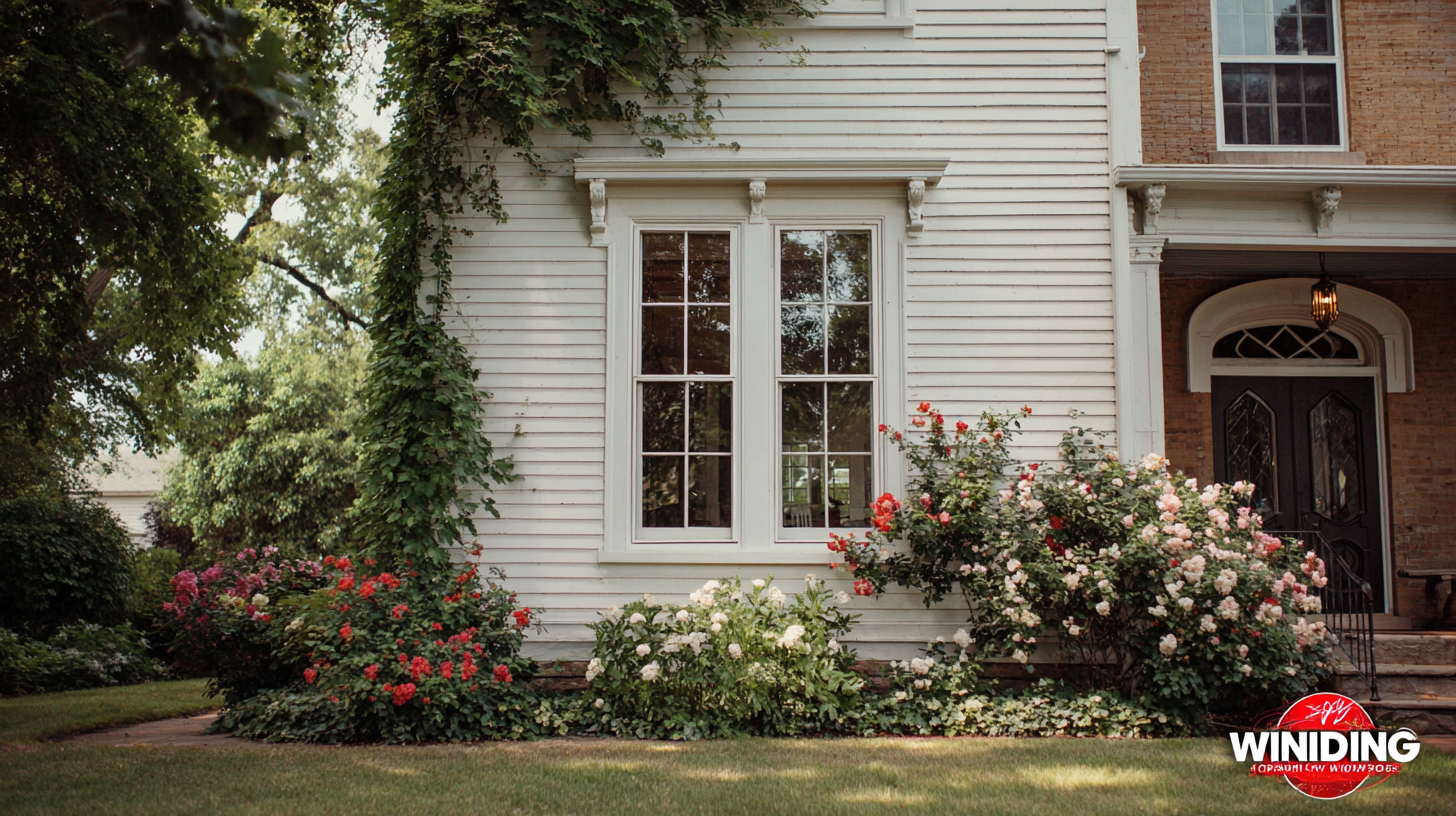
Ultimate Guide to Comparing the Best Single Hung Replacement Windows for Your Home
In the quest for enhancing home efficiency and aesthetics, choosing the right windows is paramount. Among the various options available, single hung replacement windows stand out due to their blend of traditional design and modern functionality. These windows are characterized by a fixed upper sash and a movable lower sash, offering a classic yet practical solution for homeowners looking to upgrade their spaces. As we explore the future of home design, it's essential to consider how advancements in technology and materials are influencing the performance and style of single hung replacement windows. This ultimate guide will provide a comprehensive comparison of the best single hung replacement windows on the market, ensuring that you make an informed decision that beautifully complements your home's character while maximizing energy efficiency and value.

How to Identify Quality Manufacturers of Single Hung Windows
When selecting a manufacturer for single hung replacement windows, it’s essential to focus on several key qualities that reflect their reliability and product quality. Look for manufacturers that prioritize energy efficiency in their designs. According to industry reports, windows account for up to 30% of a home’s energy loss, making energy-efficient models not only a smart choice for comfort but also a worthwhile investment for reducing utility bills. Ensure that the windows you consider have a high Energy Star rating, which serves as a benchmark for determining their performance.
Additionally, paying attention to the materials used in window construction can significantly influence durability and maintenance. The best manufacturers often utilize high-quality materials that resist warping, fading, and cracking. Look for warranties that reflect the manufacturer's confidence in their products. A standard warranty may range from 10 to 20 years, but comprehensive coverage can indicate a manufacturer's commitment to quality.
Comprehensive research and reviews are critical; seek out ratings from trusted sources that evaluate manufacturer performance based on customer satisfaction and long-term reliability. This approach will help in making a well-informed decision.
Key Features to Look for in Replacement Windows
When searching for the best single hung replacement windows for your home, understanding the key features is essential for making an informed decision. According to the Efficient Windows Collaborative, windows can account for up to 30% of a home’s energy consumption. Therefore, energy efficiency should be one of your top priorities. Look for windows that have a low U-factor, indicating better insulation. A U-factor of 0.30 or lower is recommended for regions with cold climates, while a U-factor of 0.35 or lower is suitable for warmer areas.
Additionally, consider the glazing options available. Up to 20% of heat loss occurs through inefficient glass, according to the National Fenestration Rating Council (NFRC). Double or triple-pane glass windows filled with inert gases like argon or krypton will enhance thermal performance and help maintain a comfortable home environment. Furthermore, a solar heat gain coefficient (SHGC) of 0.25 or less will reduce unwanted heat gain during the summer months, contributing to reduced cooling costs and improved comfort year-round. Prioritizing these features will ensure that your investment in single hung replacement windows delivers both energy savings and lasting durability.
Ultimate Guide to Comparing the Best Single Hung Replacement Windows
| Feature | Option 1 | Option 2 | Option 3 |
|---|---|---|---|
| Frame Material | Vinyl | Aluminum | Wood |
| Energy Efficiency Rating | U-Factor 0.30 | U-Factor 0.28 | U-Factor 0.25 |
| Warranty Period | Lifetime | 20 Years | 25 Years |
| Glass Options | Single Pane | Double Pane | Triple Pane |
| Installation Type | Retrofit | New Construction | Full Frame |
| Style Options | Grid and No Grid | Grid | No Grid |
Comparing Energy Efficiency Ratings of Single Hung Windows
When considering single hung replacement windows for your home, one of the most crucial factors to examine is their energy efficiency ratings. Typically, these ratings reflect how well a window can prevent heat loss and when selecting your windows, look for Energy Star certification. This designation indicates that the product meets stringent energy efficiency guidelines set by the U.S. Environmental Protection Agency. Higher energy efficiency can result in significant savings on your utility bills while also enhancing your home's comfort.
Tips for evaluating the energy efficiency of single hung windows include checking for the U-factor and Solar Heat Gain Coefficient (SHGC). The U-factor measures the rate of heat transfer, while SHGC evaluates how much solar heat enters your home. Opt for windows with a lower U-factor and SHGC to enhance energy efficiency. Additionally, consider options that incorporate low-emissivity (Low-E) coatings, which can further reduce energy transfer and improve insulation.
In addition, pay attention to the materials used in the window frame. Vinyl and fiberglass frames typically offer better insulation compared to aluminum. As you compare different single hung options, keep in mind that window performance can vary based on local climate conditions. Therefore, always tailor your selection to suit your specific environment to maximize energy savings and improve overall efficiency.

Understanding Different Materials Used in Window Manufacturing
When considering the best single hung replacement windows for your home, the materials used in window manufacturing play a crucial role in their performance and longevity. Common materials include vinyl, wood, and fiberglass, each offering distinct advantages. Vinyl windows are known for their energy efficiency and low maintenance requirements, making them a popular choice among homeowners. On the other hand, wood windows provide an aesthetic appeal and excellent insulation but require more upkeep. Fiberglass frames are durable and offer the best performance in terms of energy efficiency, though they might come with a higher price tag.
It's essential to understand the implications of these materials beyond just aesthetics and maintenance. For instance, damp environments can exacerbate issues such as mould growth, which poses significant health risks. When selecting windows, opt for materials that provide effective sealing and moisture resistance to combat potential dampness in the home. Additionally, as the circular economy gains traction, considering sustainably sourced materials for window replacement can contribute to reducing overall packaging waste and environmental impact. By making informed decisions about window materials, you not only enhance your home's comfort and safety but also contribute to a healthier living environment.
Factors to Consider When Choosing a Manufacturer for Your Home
When selecting the best single hung replacement windows for your home, choosing the right manufacturer is crucial. Manufacturers differ in terms of materials, energy efficiency ratings, warranty offerings, and customer service, all of which are essential factors that can impact your long-term satisfaction and investment. With the global furniture market projected to reach approximately $787.35 billion by 2025, as highlighted in recent industry studies, the importance of quality construction and energy savings cannot be underestimated. This expanding market necessitates manufacturers who offer innovation and reliable performance.

Moreover, the rise of e-commerce in the furniture and home improvement sector illustrates a shifting market landscape. According to market reports, the cross-border e-commerce sector is expected to provide substantial growth opportunities, challenging manufacturers to adapt in terms of production and customization. For instance, the engineered wood market, forecasted to grow significantly with a compound annual growth rate of 2.5% between 2024 and 2032, highlights the increasing demand for sustainable and high-quality materials. These trends underline the critical need for homeowners to select manufacturers who keep pace with industry developments and prioritize both environmental responsibility and advanced technology in their products.

